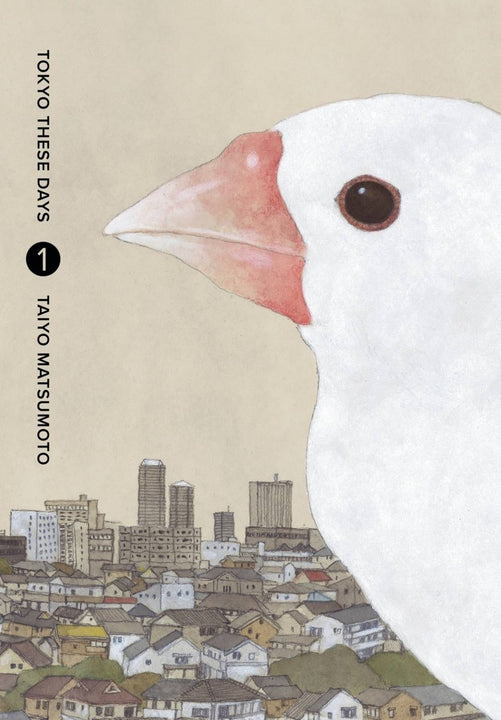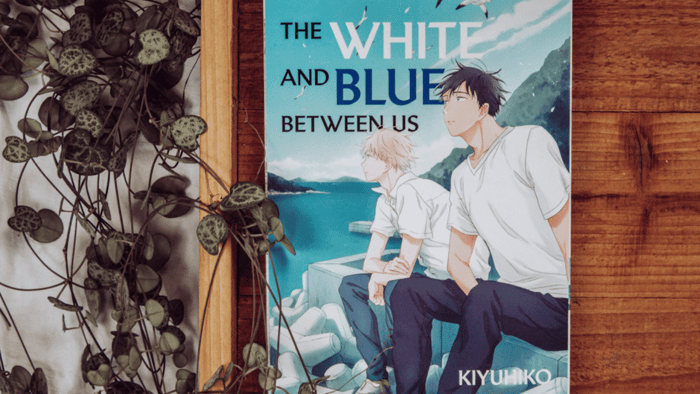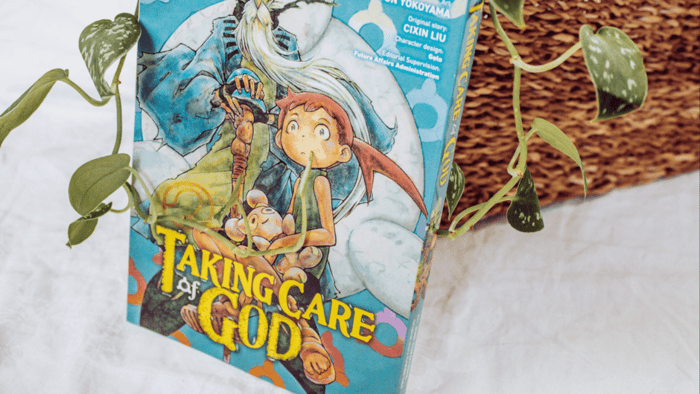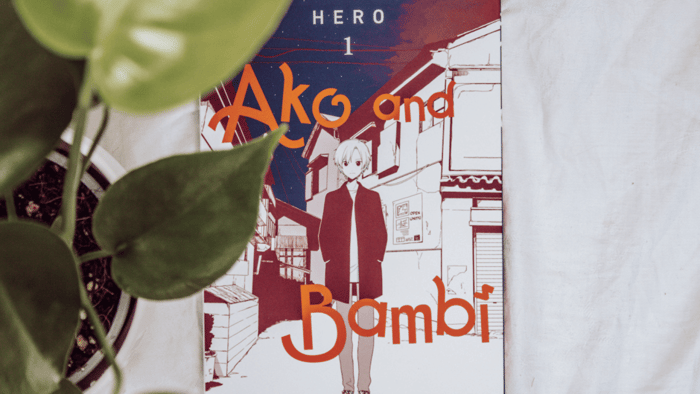Taiyo Matsumoto has made a name for himself in the manga industry over the years and several of his works have also been published in Germany by Reprodukt, Carlsen and Manga Cult. While Reprodukt will be releasing one of his older manga, "Blue Spring", in May 2024, VIZ in the USA recently launched its latest publication, "Tokyo These Days".
In Japan, "Tokyo These Days" was published from June 2019 to June 2023 in Shogakukan's seinen magazine Big Comic Original Zokan. The series will comprise three volumes in total. The manga was nominated for the 27th and 28th Osamu Tezuka Culture Awards in Japan.
How was it?
Anyone familiar with Taiyo Matsumoto's works knows that they pay little heed to the norms of the market. They are unusual, unconventional and sometimes difficult to access. I have personally read many of Matsumoto's works in recent years, and alongside "Sunny", "Tokyo These Days" is definitely one of the series I would recommend to newcomers to his manga. Both stories have a similar narrative tone.
In "Tokyo These Days", which is based on a short story by Matsumoto that was scrapped in 2015, everything revolves around Kazuo Shiozawa. After thirty years as a manga editor, he quits his job. He then goes to a café he used to visit regularly to meet the mangaka Chosaku, whose works he has edited. On the way there, he reflects on how many days he spent traveling back and forth on this train between Kanda, where his office was located, and the station where Chosaku lives.
This sequence already shows us what kind of story Matsumoto is serving us this time, even though it only lasts a few pages. We already learn a lot about our protagonist here, who will hold the plot of the following chapters together. His short haircut, the taped glasses and the way he sits so neatly with all his belongings on his lap, even though the only other person on the train is a small child, give us an initial picture of who Shiozawa is. "I've betrayed the trust of all the artists and authors I've mentored," he confesses to Chosaku in a final meeting, before abruptly informing him that his comics have long felt empty.
Shiozawa is ready to call it a day with manga because he doesn't believe he still has that certain "something" that is needed. But when he wants to sell his personal manga library to a second-hand store, something inside him starts to waver. He is fascinated by the covers of the works that are still important to him, be it Daijiro Morohoshi or Katsuhiro Otomo. He cannot part with them. So he impulsively and inevitably decides to put together a new anthology of mangas that he knows are "good".

Thus begins his search for the one, last manga, his great life's work. Although the main plot is simple and to the point, "Tokyo These Days" is a multi-faceted title. The story is slow-paced and provides an insider's view of the manga industry. In Shiozawa's environment, we meet a variety of people from the manga industry, all struggling with problems in their own way. Chosaku, the overweight, hard-drinking, chain-smoking author, is wealthy, but money doesn't fulfill him and he ignores his doctor's warnings about his poor health. Mangaka Aoki Shu, for his part, is stuck in a conflict with his new editor Liliko Hayashi and believes that only Shiozawa appreciates his stories.
Others have left the world of manga completely: Shin Arashiyama has lost his passion for manga, abandoned his family and now lives in an apartment complex where he works as a janitor and plays the role of a curmudgeon to hide his deep loneliness. Kaoru Kiso works as a cashier in a supermarket when she is not taking care of her headstrong pubescent son and her gamer husband. Inspired by her encounter with Shiozawa, she picks up some pencils in a store to see if she still has what it takes to draw a manga.
Arashiyama and Kiso couldn't be more different. While he wants nothing more to do with manga, she seems to have just been waiting for the day when a small ember inside her would bring the fire back to life. At the same time, her chapter is the only one in which Matsumoto also works in a well-considered stylistic manner, drawing sections of her manga in a style that is quite different from his own. This creates a fascinating comparison between Kiso's world and the world in her head.
Every character in "Tokyo These Days" is multi-faceted and contributes to the overall story. Although we only devote a few pages to some characters, Matsumoto still manages to fill them with a great deal of depth. Similar to his six-volume series "Sunny", Matsumoto also takes a calm and unhurried approach to his narrative here. Here, the routine of everyday life comes to the fore. A life, Matsumoto emphasizes, consists of the quiet moments, the small events and the essential errands that fill our days, one after the other.
Taiyo Matsumoto sets himself apart not only on the level of storytelling, but also with his drawing style. His style is idiosyncratic, less perfectionist and might be rejected by some mainstream readers, but it fits the characters and the story perfectly. It is a rough, very sketchy style that often uses watercolors, for example to fill in areas, paint hair or depict backgrounds. However, the use of raster foil, which is found in most modern manga, is completely avoided.
VIZ is publishing "Tokyo These Days" in a hardcover format, which, following price increases by the US publisher, will cost slightly more than previous Matsumoto works. Despite all this, the volume is produced with great attention to detail and is impressive with a fabric-like cover and some color pages.
Conclusion
"Tokyo These Days" is certainly not a series for the masses, but anyone who appreciates quiet stories with a little something extra will enjoy this three-volume work.
With a great deal of calm and in-depth character studies, Matsumoto once again knows how to transport us into a world that continues to resonate even after the volume has been closed.
Tokyo These Days Vol. 1: Viz Signature Edition HC

€25,20
€28,00
On his last day as an editor, Shiozawa takes a train he's ridden hundreds of times before to impart some last advice to a manga creator whose work he used to edit. Some time after, he is drawn to return… read more


.png)


